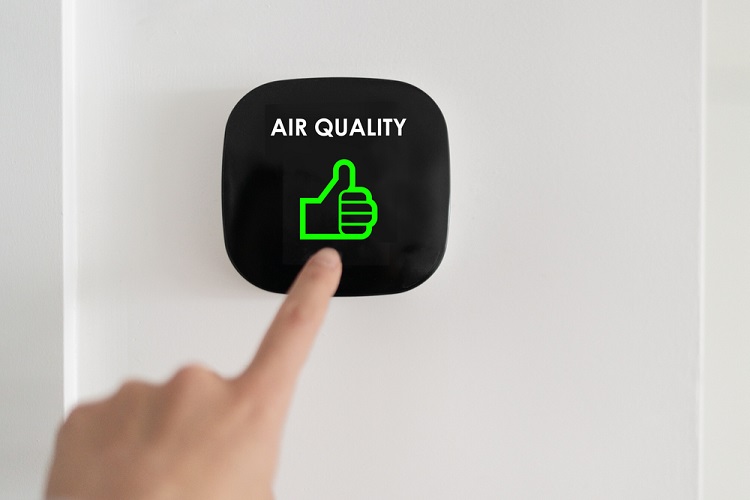Positive Input Ventilation (PIV) is an innovative approach to address indoor air quality and ventilation concerns in residential and commercial buildings. PIV systems work by introducing fresh, filtered air into the living space from outside, creating positive pressure and promoting the movement of stale air and contaminants out of the building. This technology has gained popularity for its simplicity, energy efficiency, and positive impact on occupants’ health and well-being.
Table of Contents
Principle of Positive Input Ventilation (PIV):
The core principle of PIV involves the supply of fresh air into a building’s living spaces. A fan unit, typically located in the loft or attic, draws in outside air through a filter. This filtered air is then gently introduced into the building’s interior, creating positive pressure. The positive pressure helps to push out stagnant air, moisture, and pollutants, promoting better indoor air quality.
Components of a PIV System:
- Fan Unit – The fan unit is the central component of the PIV system. It draws in outside air and is responsible for creating positive pressure within the building.
- Filter – PIV systems are equipped with filters to ensure that the incoming air is free from pollutants, dust, and allergens. This improves indoor air quality by preventing the introduction of external contaminants.
- Ducting – Ducting is used to channel the fresh air from the fan unit to various parts of the building. It ensures an even distribution of the introduced air, promoting effective ventilation.
- Controls – PIV systems often come with user-friendly controls that allow occupants to adjust settings such as airflow rate and humidity levels. Some advanced systems may also include smart features for automated control based on occupancy and outdoor conditions.
Benefits of Positive Input Ventilation (PIV) Systems:
- Improved Indoor Air Quality – One of the primary benefits of PIV systems is the significant improvement in indoor air quality. PIV helps reduce the concentration of pollutants, allergens, and odors. This is particularly beneficial for individuals with respiratory conditions and allergies.
- Moisture Control and Condensation Prevention – PIV systems play a crucial role in moisture control. The continuous introduction of fresh air helps prevent condensation by reducing humidity levels, thereby mitigating the risk of mold growth and dampness. This is especially important for maintaining the structural integrity of buildings and ensuring the health of occupants.
- Energy Efficiency – PIV systems are known for their energy efficiency. Unlike traditional ventilation systems that may involve heat exchangers or exhaust fans, PIV relies on a fan to draw in outside air. This results in lower energy consumption, contributing to energy savings and environmental sustainability.
- Cost-Effective Installation and Maintenance – The installation of PIV systems is generally cost-effective compared to more complex ventilation systems. Additionally, maintenance requirements are minimal, typically involving periodic filter replacements. This makes PIV a practical and affordable solution for enhancing indoor air quality.
- Reduction in Radon Levels – PIV systems can contribute to reducing indoor radon levels. Radon is a naturally occurring radioactive gas that can seep into buildings from the ground. Continuous ventilation helps dilute and expel radon, reducing the associated health risks.
- Comfort Enhancement – PIV systems contribute to overall occupant comfort by ensuring a steady supply of fresh air. Improved air quality, along with controlled humidity levels, creates a more pleasant and healthier indoor environment.
- Compliance with Building Regulations – PIV systems are designed to meet or exceed building regulations related to ventilation. Installing a PIV system can help builders and homeowners ensure compliance with ventilation standards, contributing to the overall safety and well-being of occupants.
- Adaptability to Different Building Types – PIV systems are versatile and can be installed in various types of buildings, including homes, offices, and commercial spaces. Their adaptability makes them suitable for both new constructions and retrofitting existing structures.
Conclusion – Positive Input Ventilation (PIV) systems offer a holistic solution to indoor air quality and ventilation challenges. Their simple yet effective design, combined with benefits such as improved air quality, moisture control, energy efficiency, and cost-effective installation, makes PIV a popular choice for individuals and businesses seeking to create healthier and more comfortable indoor environments. As awareness of the importance of indoor air quality grows, PIV systems continue to play a crucial role in promoting well-being and sustainability in buildings.










